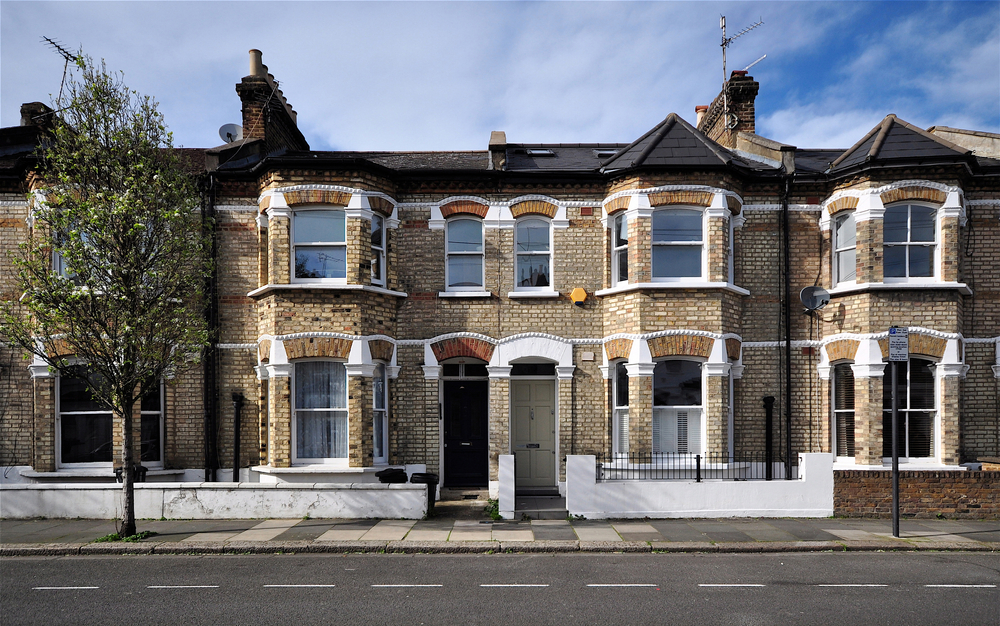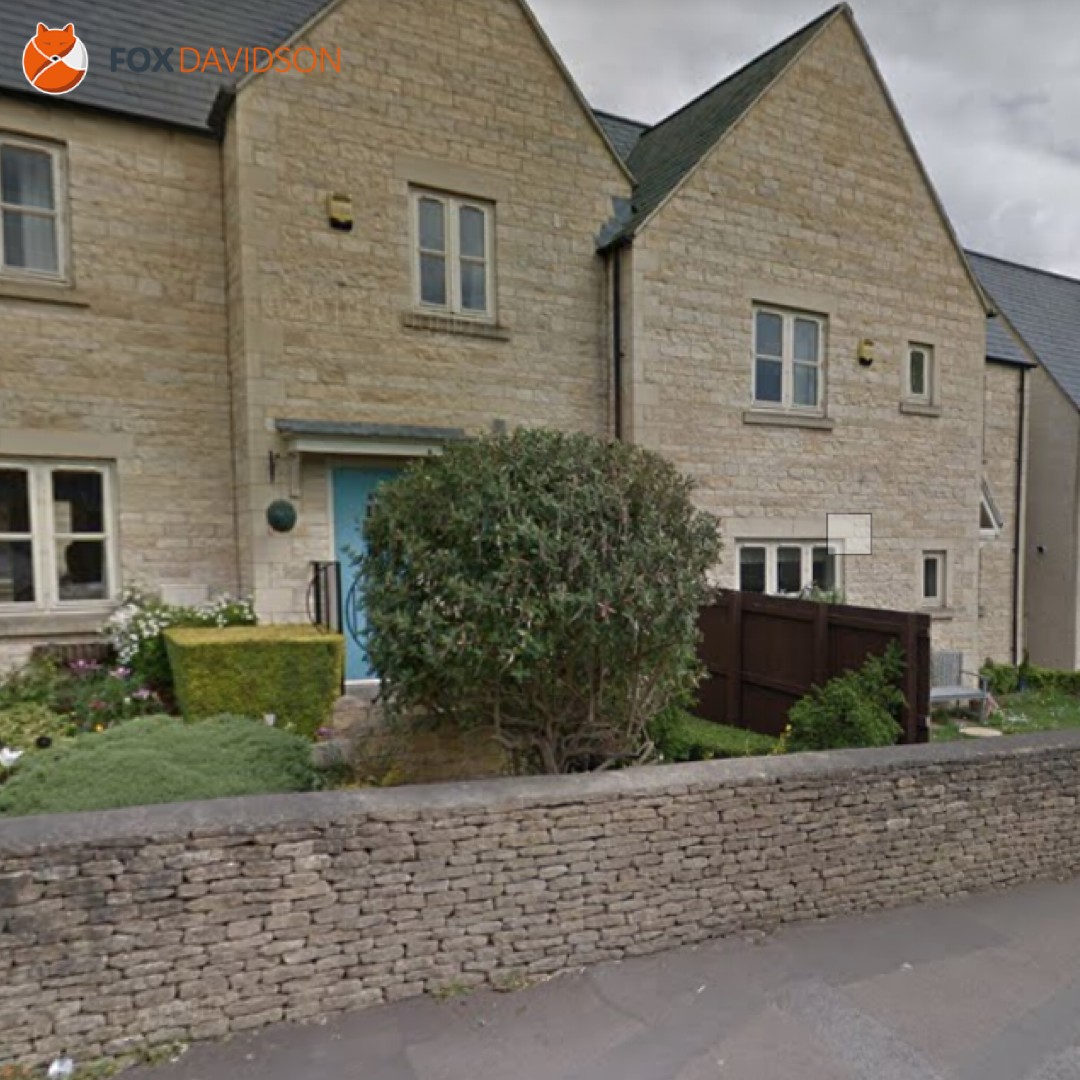Changes to the HMO licencing laws are about to take effect
Landlords letting on a shared accommodation basis, take note!
From 1st October any landlord letting a home to 5 or more tenants consisting of 2 or more households will need an HMO licence. This is a change from the current licensing (brought in during 2006) which only requires houses which are 3 storeys or more to be licenced. Properties with 1 or 2 storeys let to 5 or more tenants will need a licence. It will also create a more level playing field for Local Councils, giving them more control to prosecute the minority of landlords who rent out sub-standard overcrowded homes.
Housing Minister heather Wheeler said:
“Everyone deserves a decent and safe place to live”. “Todays new guidance for landlords will further protect private renters against bad and overcrowded conditions and poor management practice”
The reason for HMO licencing is to ensure that properties which can are more crowded have adequate fire and health and safety standards. Many HMO properties were not originally intended for multiple occupancy and the risk of fire is therefore greater.
The Government has also issued minimum size requirements for individual rooms in a HMO and given more focus on the adequate provision of refuse disposal.
Changes to HMO Rules – What is the new size for a sleeping room in a shared house?
6.51 meters square for one person
10.22 meters square for 2 people
4.64 meters square for a child under 10.
The single person limit is basically a small box room so this shouldn’t cause an issue for most landlords.
If landlords knowingly breach the HMO rules they could be liable for a £30,000 fine from the Government as well as prosecution by the Local Council. Therefore it’s worth reading up on the regulation, measuring your box rooms if you are unsure of the size and contacting your Local Council to obtain a licence if you feel you may need to apply for one.
Changes to HMO Rules – So how does all this affect mortgage lending?
Lenders are used to HMO mortgages since the need for licencing was initially brought in during 2006. We forsee lenders relaxing their criteria to allow for the influx of licenced properties and mortgage rates for HMO properties to become even more competitive.
If you are a landlord with an existing buy to let mortgage and you now require an HMO licence you will need to advise your lender of this once the licence is granted. If you then come to remortgage and need to make any changes to the loan you may well need to remortgage to a specific HMO product. Lenders are likely to view this differently and some may allow you to remain with them whilst others may insist you remortgage away to a specific HMO product and lender.
Using a broker is essential when looking at HMO mortgages as many of the lenders are not active on the highstreet and as this is a growing specialist sector new lenders are continually entering the market. Many of the common names lending on HMO’s may not be at all familiar to the average landlord as the highstreet lenders have been limiting their buy to let business over the last few years.
Many brokers are talking about it being a problem for landlords if lenders are not taking into account rent generated from rooms which are under the minimum size and how this will affect affordability. We take the view that landlords should not be knowingly renting rooms this small (6.51 meters square is tiny!) and they risk being prosecuted if they do. It just wouldn’t sit comfortably with us knowing that a landlord was renting such a small room to a tenant and this is essentially what the new regulation is being put in place to combat.
Changes to HMO Rules – Our View:
The regulation helps ensure homes are adequate and safe for tenants. Yes, it’s pain to get a new licence and you may find you need advice from a broker when remortgaging existing properties. There is however a silver lining…… The calculation used to calculate the maximum loan available can work in your favour if you are letting a shared property to 5 or more tenants. Rather than basing their calculation on a family let the lender will acknowledge the fact this this is a multiple let and asses the mortgage based on 5 separate rents. This is generally a much higher figure than a single tenancy income and therefore should allow you more flexibility in how much you borrow.
We also forsee more people purchasing HMO’s via a ltd company structure. Purchasing in this manner will allow for an even more generous rental calculation so someone applying for a ltd company HMO mortgage may be able to really maximise their borrowing capacity!
Find out more about buy to let or contact the team to discuss your HMO Mortgage requirements.





